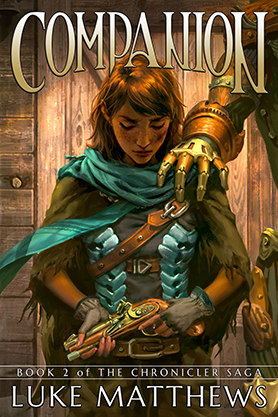Story by Dan Abnett & Andy Lanning
Art by Javier Pina & Ramon Bachs
Stan Lee’s Soldier Zero tells the story of Stewart Trautmann, a formerly diabled veteran of the war in Afghanistan who has become bonded to a sentient alien battle-suit after an incident in Los Alamos, New Mexico. Unfortunately, that’s the same story we are told for the entirety of this latest issue, via a stilted and awkward conversation between Stewart and his travelling companion Kaylee Sakai.
After the previous conflict – a span of only a few days told over the first 8 issues – it is clear that issue 9 is meant to be a jumping-off point for new readers. As the start of a new arc, however, the issue is entirely exposition as we follow Stewart and Kaylee’s wanderings in the Washington state backwoods. There’s not much in the way of story advancement here, save for a brief (and somewhat confusing) interlude to an interrogation, and the book’s ending feels like it came about four pages too soon.
Javier Pina’s art is solid as always, but he’s given very little to work with here. One very cleverly drawn scene of Stewart almost mistakenly entering a handicapped restroom would have been interesting if left to convey the message by itself, but the writers found it necessary to insert an explanatory text bubble, as they don’t trust the reader to understand the art.
Soldier Zero has been a decent entry in the Boom Studios Stan Lee universe up until this point, but this issue fails on almost every level. As an issue of an ongoing series it will annoy regular followers, and as a starting point for new readers it’s just plain boring, and doesn’t offer a representative look at the overall story.



